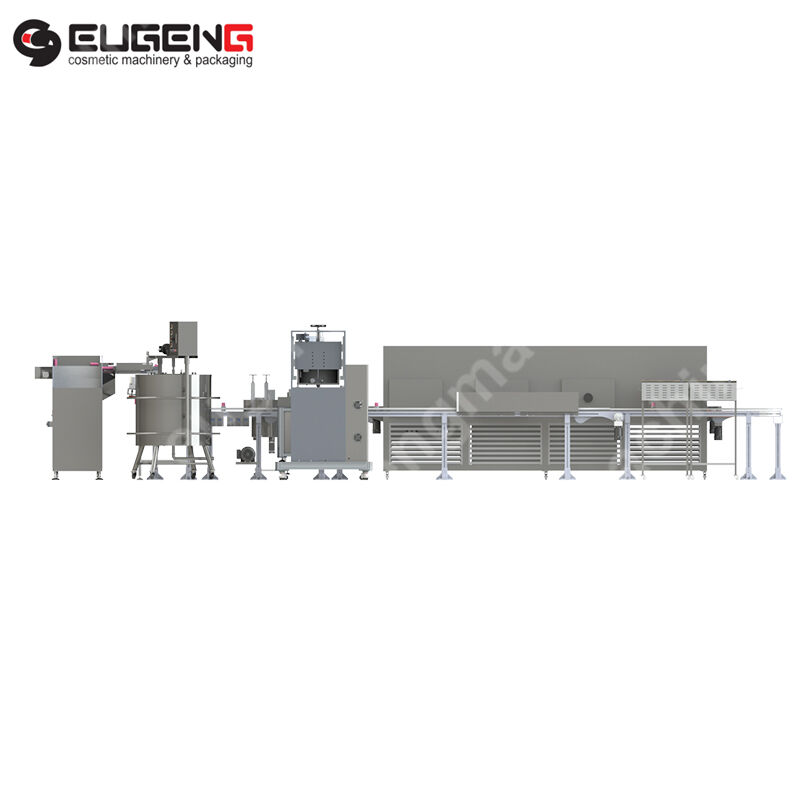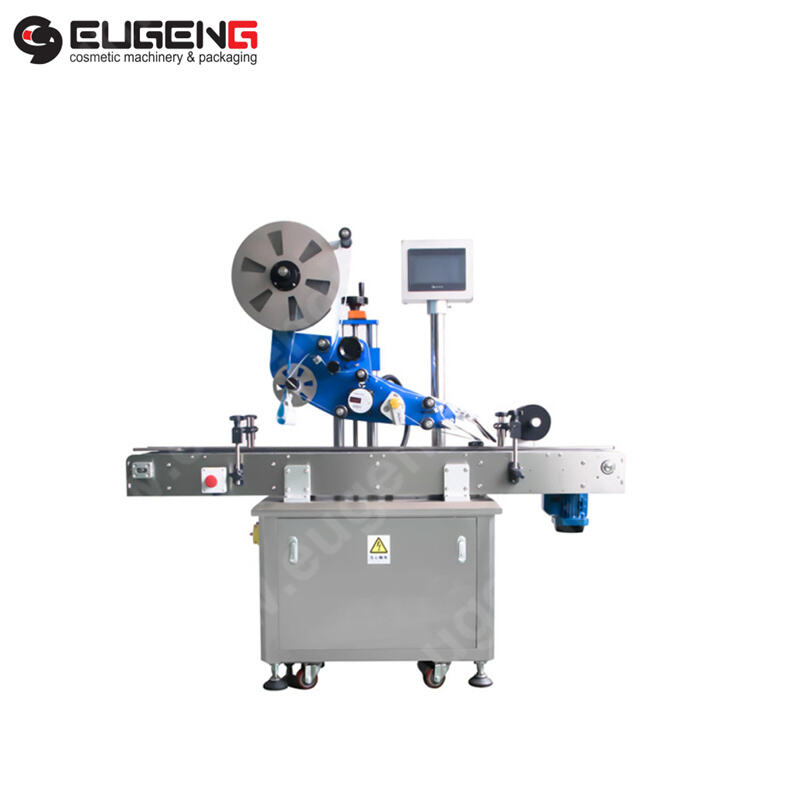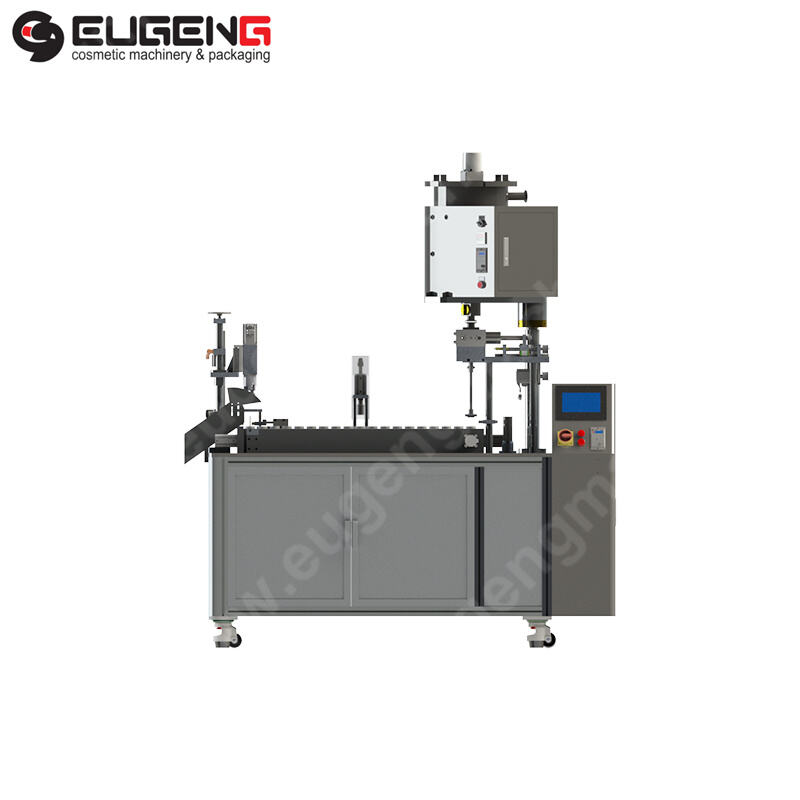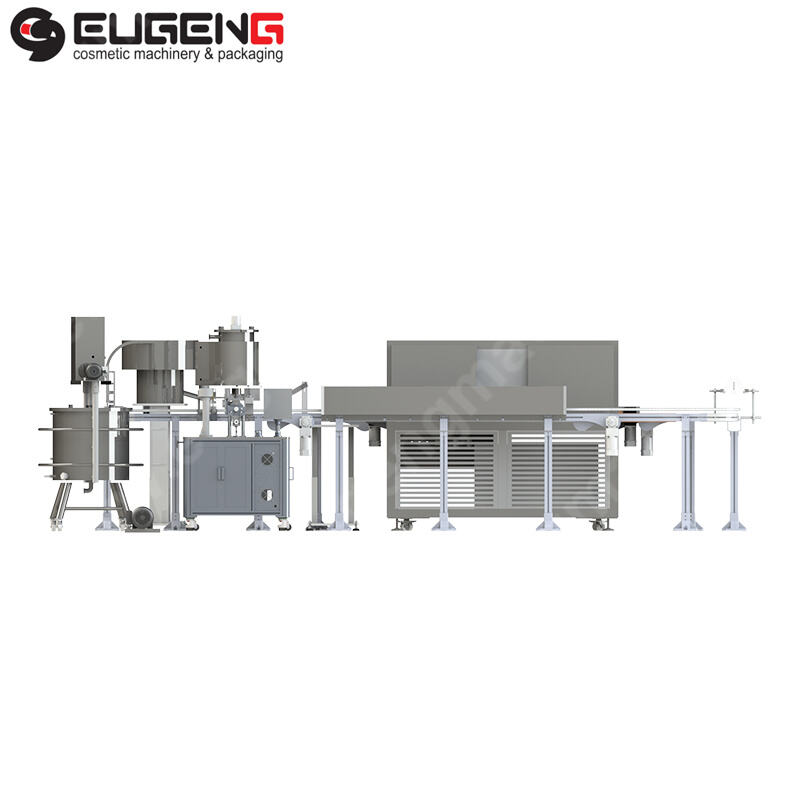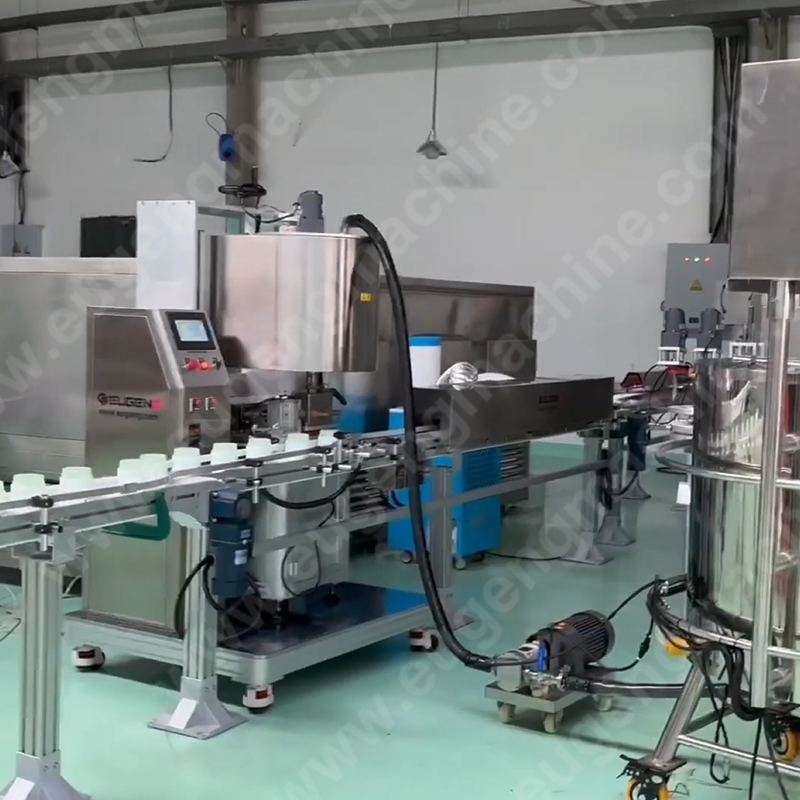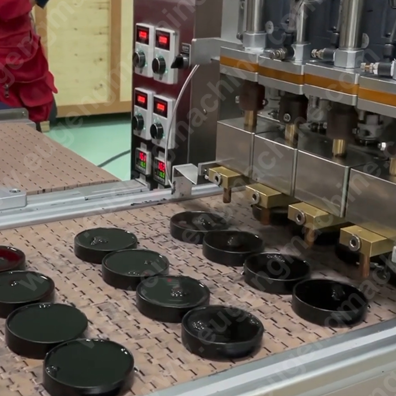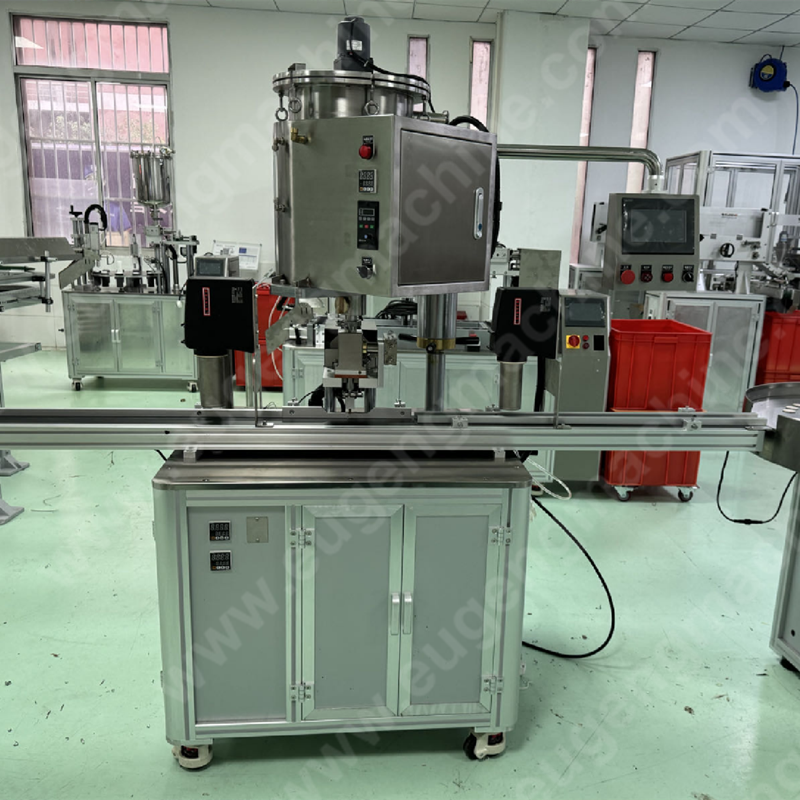What are the key components of a hot filling machine?
Introduction
Hot filling machinery is indispensable in packaging, especially for items that need to be kept aseptic and have extended shelf life. These machines fill assuming packaging at an elevated temperature before guarantee preserving it and then seal the package shut so that it is in a vacuum area isolated from all possible microorganisms. However, which parts are necessary for this? This article looks into requirements that hot filler machines must satisfy with both text and graphics, to make them fit for modern technical production and publication on a global level.
Container Feeding Mechanism
The hot filling process begins with the container feeding mechanism. This system transfers empty containers from supply to filing stations. Chain conveyors and systems which are servo driven are the most common types of feeders. Each is designed to handle different sizes and shapes of containers. The feeding mechanism must be accurate in order for containers to be properly positioned under the filling nozzle.
Product Heating System
Before the filler comes along, the product must be heated to a certain extent for preserving it. Whether you are hot filling a cooling beverage or an easily coagulated dairy product, there seems to be no difference. The product heating system generally uses plate-type heat exchangers or in-line heaters for fast, even heating of the product temperature. An integrated temperature control system monitors and adjusts the product temperature, to ensure that it meets the necessary threshold for hot filling.
Filling Nozzles and Valves
The hot filling machine's system of filling nozzles and valves serves as the nerve center for every operation. They are conceived as arteries to carry a product from heating system container with accuracy--however distant that may be in distance Nozzles interact with containers, guiding the flow of product while valves regulate product release.
Different types of filling valves have been developed, all designed to suit the varying needs in product viscosity and of various fill systems. These include gravity fill valves and piston fill valves for instance Sealing and Capping Unit
The sealing and capping unit takes over once the product is filled. Its function is to create a hermitic seal which will preserve product quality as much as possible. Sealing consent s may be induction sealing which uses electromagnetic fields to melt the sealing material roller-on sealing--where metal bands are placed around the opening of a container Following sealing, the capping system puts the cap onto the sealed container ensuring a secure closure.
Conveyor System
The conveyor system is crucial to moving the filled and sealed containers away from the filling area to the next stage of the packaging process. It must be synchronized with the filling process in order for continuous flow systems not to develop bottlenecks. Conveyors can range from simple belt systems up to more complex, motorized types depending on a production line's needs.
Temperature Control and Monitoring Systems
In hot filling, precision is the watch word, particularly when considering temperature control matters Temperature control and monitoring systems take on the task of ensuring that both product itself and containers are up to temperature for filling. This may be seen as having the function more sensors and feedback Family than practical control: they allow real-time adjustments which make possible that conditions are kept ideal.*
User interface and control panel
On the hot filling machine, the control panel and user interface are the brain. They let operators regulate functions for example setting filling levels, sealing temperature and conveyor speed.
LeIf a properly designed user interface is used, that is stress-free for users and ensures smooth operation of your machine.
Safety Features
Safety ranks first in any so onHot filling machines are equipped with safety interlocks that prevent operation if a door is open or a guard is removed. Emergency stop features, operator protection devices and devices for stopping the machine if there is still a problem further ensure it can be discontinued quickly in an emergency.
Maintenance and Sanitation Systems
For the longevity and performance of hot filling machines, regular maintenance is essential and all parts are designed to facilitate cleaning and care arrangements. This must be observed so that the machine complies with industry standards and is ready to be thoroughly cleaned and sanitized as necessary.
Capabilities for Automation and Integration
Modern hot filling machines boast capabilities for automation and integration that reduce labor costs as well Improvement of efficiency. Both semiautomatic and full automation modes allow for minimal manual intervention, while connecting with other production line equipment significantly simplifies the entire packaging process.
Summary
The key elements of a hot filling machine combine to make certain that products are filled with precision, sealed and preserved. From the feeding of containers to the panel, each part contributes vitally towards how well it operates as a whole. As technology advances, these components go on to evolve and develop further, offering better efficiency, safety and integration capabilities.

 EN
EN
 AR
AR BG
BG HR
HR CS
CS DA
DA NL
NL FI
FI FR
FR DE
DE EL
EL HI
HI IT
IT JA
JA KO
KO NO
NO PL
PL PT
PT RO
RO RU
RU ES
ES SV
SV TL
TL IW
IW ID
ID LV
LV LT
LT SR
SR UK
UK VI
VI HU
HU TH
TH TR
TR FA
FA MS
MS UR
UR BN
BN LO
LO LA
LA PA
PA